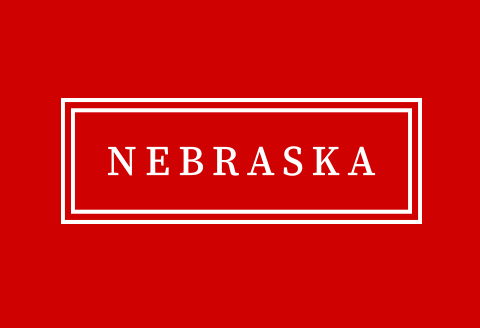US Geological Survey

United States Geological Survey: Publications
ORCID IDs
https://doi.org/10.1093/ee/nvx070
https:// doi.org/10.1073/pnas.1800057115
https://doi.org/10.1093/ee/nvw159
https://doi.org/ 10.1088/1748-9326/aad4eb
Document Type
Article
Date of this Version
2018
Citation
ISSN 2327-6916 (print) ISSN 2327-6932 (online) https://doi.org/10.3133/fs20183082
Abstract
Insect pollinators are critically important for maintaining U.S. food production and ecosystem health. The upper Midwest is home to more than 40 percent of all U.S. honey bee colonies and is considered by many beekeepers to be America’s last beekeeping refuge. Beekeepers come to this region because their honey bees require high-quality grassland and bee-friendly agricultural crops to make honey and to improve bee health. Agricultural grassland, such as those enrolled in the Conservation Reserve Program (CRP), support flowers that provide bees with the pollen and nectar they need. In 2014, the U.S. Department of Agriculture (USDA) and the U.S. Geological Survey (USGS) formed a partnership to assess the impact of the CRP on honey bee health and determine how the costeffectiveness of the CRP could be improved to promote pollinator habitat. This USGS assessment has generated important findings that could improve USDA’s program delivery and demonstrates the importance of the CRP to honey bees, beekeepers, agricultural producers, and the public (Otto and others, 2017, 2018).
Included in
Geochemistry Commons, Geology Commons, Geomorphology Commons, Hydrology Commons, Other Earth Sciences Commons


Comments
U.S. government work